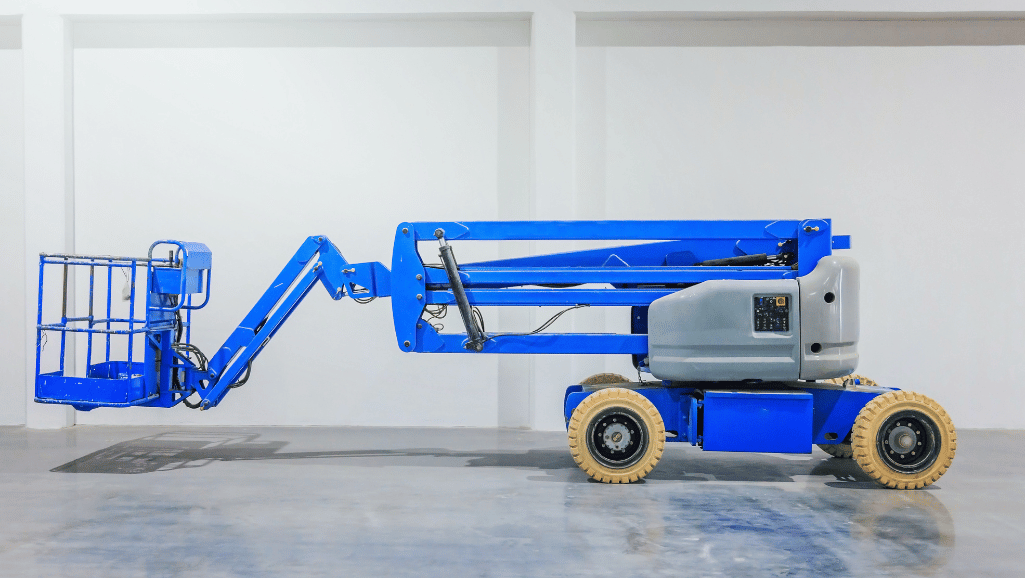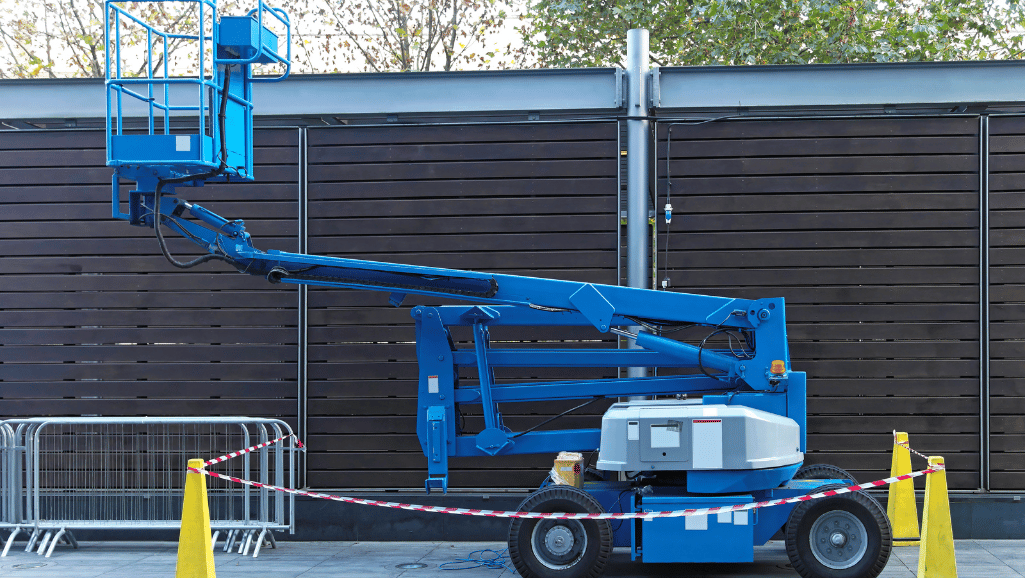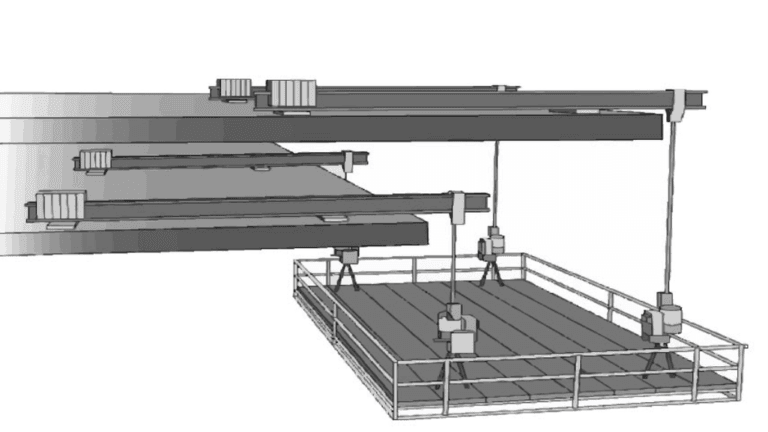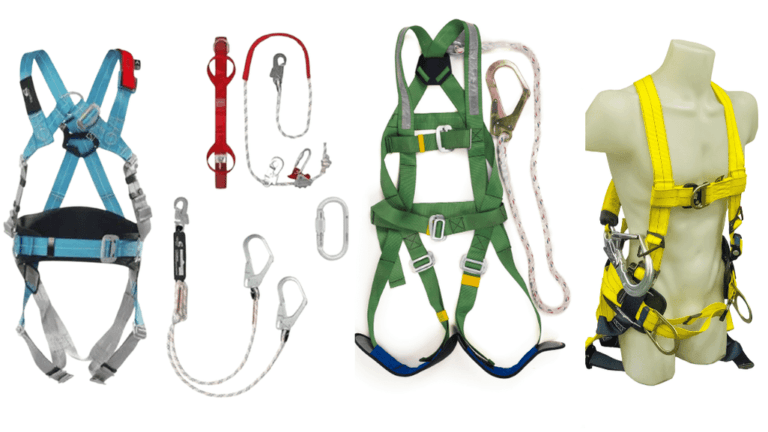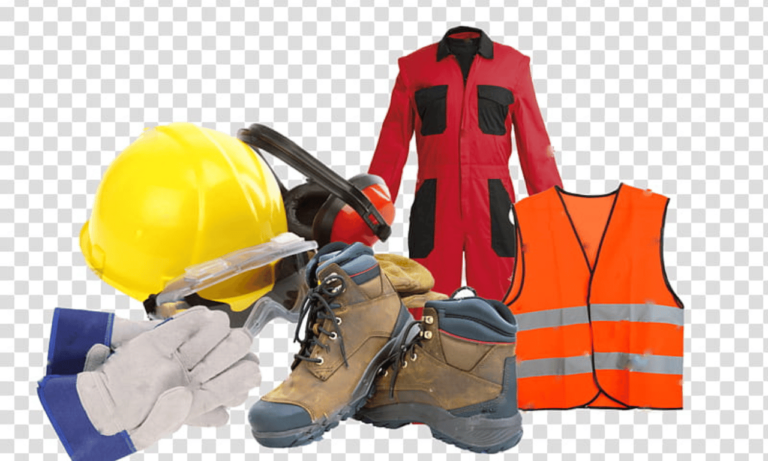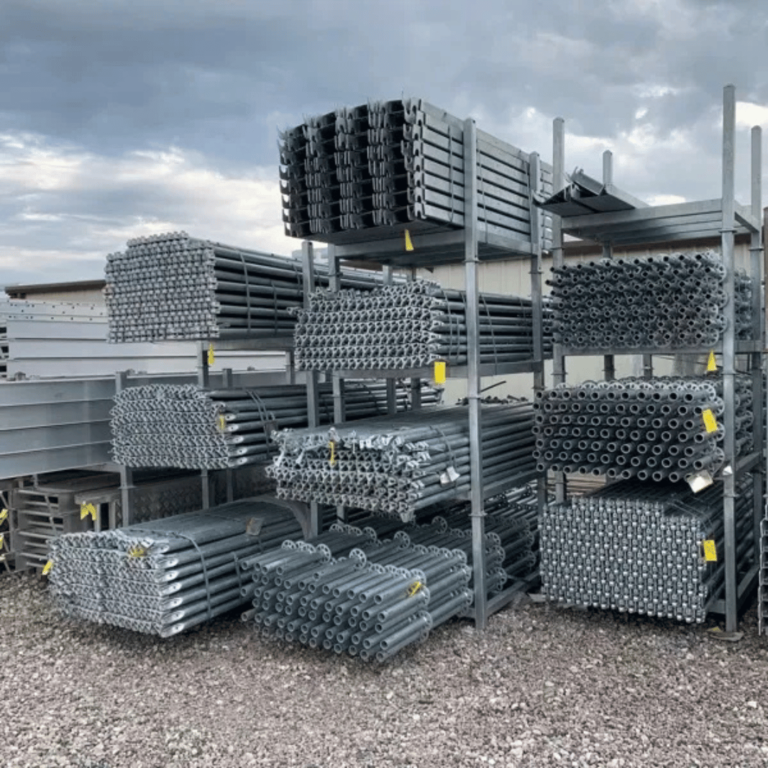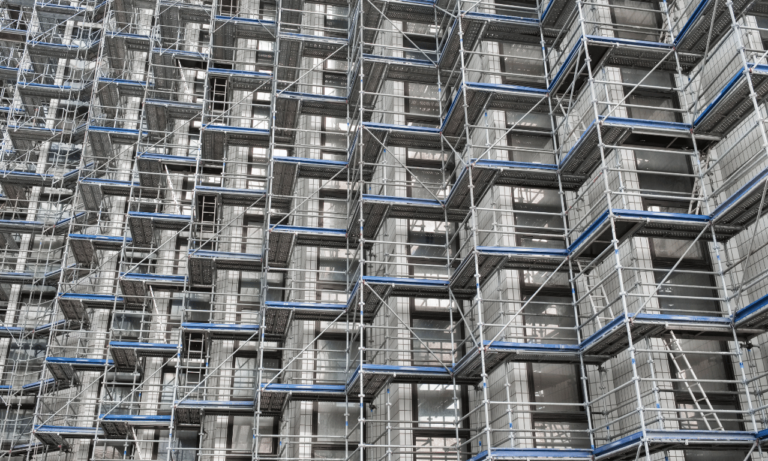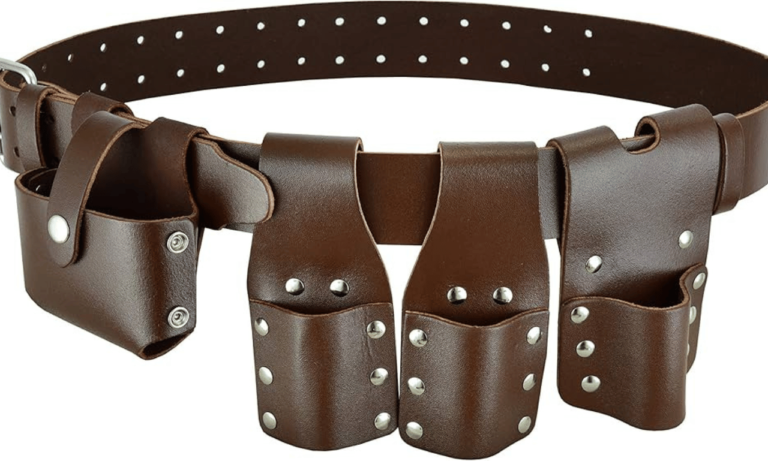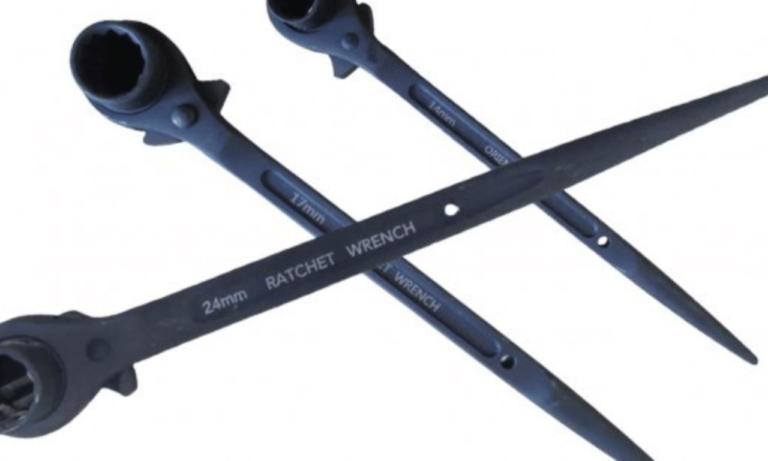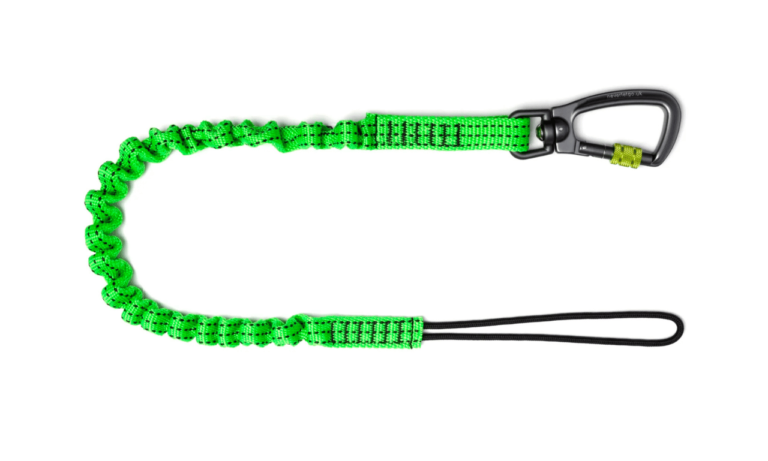Phone:
(+65)8319-0742
In today’s fast-paced work world, safety and efficiency matter a lot when working high up. Aerial work platforms like boom lifts, scissor lifts, and cherry pickers change how professionals handle high tasks. These machines give workers a safe place to work at different heights. This ensures they can work well and safely on the job.
Boom lifts are very popular because they are so versatile and can reach far. They let workers get to places that are hard to reach and work at tricky angles easily. For jobs like building, upkeep, or industrial tasks, boom lifts are a must-have for those who work high up.
Key Takeaways
- Aerial work platforms, such as boom lifts and scissor lifts, provide safe and efficient access to elevated work areas.
- Boom lifts offer exceptional versatility and reach capabilities, allowing workers to navigate complex angles and access hard-to-reach areas.
- Proper training, certification, and adherence to safety guidelines are essential when operating aerial work platforms.
- Choosing the right boom lift for the job depends on factors such as working height, weight capacity, and terrain.
- Regular maintenance and servicing ensure the longevity and reliability of boom lifts on the job site.
Introduction to Aerial Work Platforms
Aerial work platforms, also known as aerial devices, have changed how professionals work at heights. These devices can be mounted on vehicles or move on their own. They lift people up to do tasks safely and efficiently. They can telescope, extend, and move parts to reach high places.
Definition of Aerial Work Platforms
An aerial work platform is a device that gives people or equipment access to hard-to-reach places, often high up. There are different types, like boom lifts, scissor lifts, and atrium lifts. Boom lifts can go up to 100 feet away, making them great for tasks that need a lot of horizontal reach.
Importance of Aerial Work Platforms in Various Industries
Aerial work platforms are key in many fields, like building, upkeep, and event planning. They make it safe and easy to get to places that are hard to reach, avoiding the need for ladders or scaffolding. In building, these devices make work easier and more precise.
Ringlock scaffolding, a reliable and flexible system, often works with aerial devices for better access solutions.
These platforms are not just for building work. They’re also vital for upkeep and fixing on buildings, bridges, and more. Atrium lifts, reaching up to 100 feet, are great for keeping big indoor areas like malls and hotels looking good.
At events, aerial work platforms change how stages and lights are set up. Scissor lifts, which can go up or down 20 to 50 feet, are key for event techs. They help set up and adjust equipment safely at different heights.
Emergency services also use aerial work platforms a lot. Fire departments and rescue teams use them to get to high floors in emergencies. Utility companies use them to keep power lines and communication towers in good shape.
As safety and efficiency become more important, the need for aerial work platforms will likely grow. These devices are getting better with technology, offering more stability, reach, and safety features. So, aerial work platforms will keep being a big part of many industries, helping workers do their jobs safely and precisely.
Types of Aerial Work Platforms
https://www.youtube.com/watch?v=I8q-1XN6W8I
Aerial work platforms come in many types, each suited for different jobs and industries. You’ll find articulating boom lifts, elevating work platforms, extensible boom platforms, scissor lifts, trailer mounted lifts, and vehicle mounted lifts.
Scissor lifts are known for their compact size and can reach up to 50 feet high. They can carry over a thousand pounds and are great for tasks like building maintenance, installing windows, and stocking shelves. For rough terrain, there are scissor lifts designed to move on uneven ground and carry people, perfect for outdoor projects and building sites.
Boom lifts are crucial for many jobs, such as firefighting, landscaping, and electrical work. There are straight, articulated, and towable boom lifts. Articulated lifts are flexible for both indoor and outdoor use. Towable lifts are easy to move and can be attached to trucks or trailers.
| Aerial Work Platform | Maximum Height | Key Features |
|---|---|---|
| Telescopic Boom Lifts | Up to 100 feet | Suitable for outdoor tasks and situations requiring a longer reach |
| Cherry Pickers | Up to 160 feet | Ideal for maintenance work, tree access, utility line access, installation projects, and light installation |
| Telehandlers | Varies | Ideal for outdoor work like agriculture and construction; can handle rough terrains and carry heavy loads |
Telehandlers are great for outdoor tasks in agriculture and construction. They can handle tough terrains and lift heavy items. Telescopic or fixed telehandlers move equipment and materials across sites. Rotating telehandlers can turn 360 degrees, making them useful in tight spots.
Other aerial work platforms include:
- Telescopic forklifts, which can reach up to 21 feet and are best for transporting items over long distances on rough terrain
- Rough terrain forklifts, capable of lifting loads up to 55 feet and 8,000 pounds, making them versatile for various tasks and industries under challenging conditions
- Industrial forklifts, supporting loads up to 30,000 lbs with a limited lift height of around 15 feet, commonly used indoors in warehouses and industrial settings
- Personnel lifts, reaching heights up to 50 feet, offering more stability and reach than standard ladders for applications requiring higher reach without the power and maneuverability of a boom or scissor lift
Boom Lifts: An Overview
Boom lifts, also known as aerial lifts or self-propelled lifts, are key in many industries. They let workers safely reach high or hard-to-get places. Companies like JLG make these machines, which are vital for tasks in construction, maintenance, and utility work.
What are Boom Lifts?
Boom lifts are aerial work platforms with a platform or bucket on a hydraulic arm. They can be on a vehicle or base. There are two main types: telescopic and articulating boom lifts.
Telescopic boom lifts, or straight booms, have one extendable arm that can go up to 180 feet. Articulating boom lifts, or knuckle booms, have many hinged sections. This lets the platform move around obstacles and reach over them.
Boom lifts come in different sizes and can hold from 500 to 1,000 pounds. The tallest ones, like the Bronto Skylift S295 HLA, can go up to 295 feet. Brands like JLG, Genie, Skyjack, Snorkel, and MEC offer many boom lift models. They have electric, diesel, and rough terrain options.
Advantages of Using Boom Lifts
Boom lifts are safer than old ways like scaffolding or ladders. They give a secure work platform with guardrails and safety gear. This cuts down on the risk of getting tired or hurt from climbing.
Boom lifts make workers more productive and efficient. They can quickly get to hard-to-reach spots. They are easy to move, some can level themselves, and fit into tight places. Boom lifts are great for many tasks, including maintenance, construction, painting, and electrical work.
| Boom Lift Type | Height Range | Key Features |
|---|---|---|
| Telescopic Boom Lifts | 40′ to 180′ | Single extendable arm, high reach, ideal for unobstructed access |
| Articulating Boom Lifts | 30′ to 150′ | Multiple hinged sections, up-and-over access, navigates obstacles |
When using boom lifts, follow safety rules and get the right training and certification. This means knowing about fall safety, how much weight they can hold, and how to use them safely. Keeping them in good shape and checking them often is also key for safe use on job sites.
Telescopic Boom Lifts
Telescopic boom lifts, also known as straight boom lifts, are a type of mobile elevating work platform (MEWP). They offer great vertical and horizontal reach. These machines are perfect for many tasks in different industries. They provide safe and efficient access to high places.
Features and Capabilities of Telescopic Boom Lifts
Telescopic boom lifts have an extendable boom arm that can go up to 210 feet high. This extended reach lets workers get to hard spots and work at high heights. The boom sits on a strong base that moves on different grounds, like rough terrain and uneven surfaces.
These lifts have a big work platform for workers and their tools. It’s safe and comfy. The platform has safety features like guardrails, toe boards, and fall protection anchor points.
Applications of Telescopic Boom Lifts
Telescopic boom lifts are used in many industries and tasks, including:
- Construction and maintenance
- Electrical and utility work
- Painting and facade restoration
- Tree trimming and landscaping
- Industrial and manufacturing facilities
- Bridge and infrastructure inspection
The telescopic boom lift’s ability to go on tough terrains and reach high makes it key for many jobs. Its flexibility and adaptability boost productivity and efficiency in various settings.
Advantages of Telescopic Boom Lifts
Telescopic boom lifts have many benefits over other aerial work platforms:
- Long reach and height
- Better maneuverability and access to small spaces
- More safety features for the operator
- More work done and faster on the job site
- Use in many industries
When looking at a telescopic boom lift for your project, think about the working height, reach, platform size, and how it handles the terrain. Here’s a table with some key stats on telescopic boom lifts in the U.S.:
| Statistic | Value |
|---|---|
| Total number of Telescopic Boom Lifts for sale | 123 |
| Total number of Telescopic Boom Lifts sold | 532 |
| Median operating hours (For Sale) | 5,008 hrs |
| Median operating hours (Sold) | 4,047 hrs |
| Range of operating hours | 292 hrs to 8,231 hrs |
| Top locations | Texas (15), Florida (4), Missouri (4), Virginia (4) |
Understanding what straight boom lifts can do helps businesses pick the right equipment. Getting a top-notch telescopic boom lift can really boost safety, productivity, and success on the job site.
Articulating Boom Lifts
Articulating boom lifts, also known as knuckle boom lifts, are versatile aerial work platforms. They have a single arm with multiple sections that connect at joints. This design lets the work platform move over obstacles and reach areas that are hard to get to. They are perfect for many tasks in both indoor and outdoor settings.
Features and Capabilities of Articulating Boom Lifts
Articulating boom lifts have special features that make them stand out. The arm can bend and flex, allowing the operator to place the work platform exactly where needed. These lifts can reach heights of up to 125 feet or more.
Many of these lifts can move on their own, making it easy to get them to the work site. Some can also be mounted on trucks, making moving from one job to another simple.
Applications of Articulating Boom Lifts
Articulating boom lifts are versatile and can be used in many industries. Some common uses include:
- Construction and maintenance in tight spots or around obstacles
- Electrical and plumbing work in hard-to-reach places
- Tree trimming and landscaping
- Painting and decorating high ceilings or walls
- Warehouse inventory management and scanning
Advantages of Articulating Boom Lifts
Articulating boom lifts have several benefits over other aerial work platforms:
- They are flexible and can move easily in tight spaces
- They can work around obstacles and reach tough areas
- They offer a wide range of heights for different tasks
- They are safer for operators, with stable platforms and advanced safety features
When looking for an articulating boom lift for your project, pick a trusted provider with a wide range of quality equipment. Ziegler CAT Rental Store is a great choice, offering lifts from top brands like JLG. JLG has been a leader in the industry for over 50 years.
| Model | Working Height | Daily Rate | Weekly Rate | Monthly Rate |
|---|---|---|---|---|
| JLG E400AJPN | 40′ | $445 | $975 | $2,410 |
| JLG 800AJ | 80′ | $870 | $2,155 | $4,695 |
| JLG 1250AJP | 125′ | $1,815 | $4,225 | $8,890 |
Whether you need an electric lift for indoor work or a diesel model for outdoor use, JLG has options for you. JLG lifts are known for their precise control, smooth operation, and safety features. They are a top choice for any project that requires safe and efficient work at height.
Safety Considerations for Boom Lifts
When using boom lifts, safety must come first. These machines let workers reach high places but can be dangerous if not handled right. To keep everyone safe, it’s key to focus on a few important safety points.
Proper Training and Certification
Getting the right training and certification is vital for boom lift safety. OSHA says all operators must learn about the equipment they’ll use. This includes learning how to spot dangers, how to use the lift safely, and more.
Studies show that trained operators are 87% less likely to have accidents than those who aren’t trained. ANSI also has rules for training supervisors and others who work with the lifts.
Personal Protective Equipment (PPE)
Wearing the right protective gear is crucial for boom lift safety. Operators and passengers should use body harnesses to prevent falls. Wearing a harness cuts the risk of falling by 92%.
Other important gear includes hard hats, safety glasses, gloves, and boots. Make sure clothes and accessories won’t get caught in moving parts to avoid injuries.
Pre-Operation Inspections and Maintenance
Checking boom lifts before use is a must for safety. Operators should look over the lift’s parts, like guard rails, emergency lowering means, data plate, and counter weight, before starting work. This helps spot any problems that could cause accidents.
Keeping boom lifts in good shape is also key. This means regular checks, repairs, and replacing worn parts. If maintenance is ignored, lifts can break down, raising the risk of accidents.
| Safety Consideration | Impact on Accident Prevention |
|---|---|
| Following basic safety rules | Prevents 95% of accidents involving boom lifts |
| Proper operation and adherence to safety guidelines | Reduces 79% of boom lift accidents |
| Hiring trained lift operators | Reduces the risk of accidents by 87% compared to untrained operators |
| Wearing a harness | Decreases the likelihood of falling from a boom lift by 92% |
| Adhering to weight limits | Reduces the chance of tipping over by 85% |
| Proper positioning on the platform | Lowers the risk of falling by 78% compared to sitting on outer edges |
By focusing on training, protective gear, and regular checks, we can greatly lower the risk of accidents with boom lifts. Following OSHA and ANSI rules, and the maker’s advice, helps keep the workplace safe and protects workers at height.
Choosing the Right Boom Lift for Your Job
Choosing the right aerial work platform is key for safety, efficiency, and saving money. Think about the height you need to reach, how much weight it can hold, and the space and terrain you’ll work in. Talking to a reliable boom lift provider can help you pick the best elevated work platform for your job.
To find the best industrial lifting equipment, look at these important factors:
- Work Location
- Indoors vs. outdoors
- Obstacles and terrain surface
- Height Requirements
- Maximum working height needed
- Horizontal reach requirements
- Workspace Size
- Measurements between floor and ceiling
- Width and height of doors
- Total area and platform space required
- Maximum Weight Capacity
- Number and weight of workers
- Tools and equipment to be used on the lift platform
The table below shows how different aerial work platforms are suited for various tasks:
| Boom Lift Type | Ideal Applications | Height Range |
|---|---|---|
| Telescopic Boom Lifts | Outdoor projects needing high reach and stability | 40′ to 180′ |
| Articulating Boom Lifts | Projects with obstacles or tight spaces | 30′ to 150′ |
| Scissor Lifts | Vertical projects with limited workspace | 19′ to 59′ |
| Rough Terrain Scissor Lifts | Outdoor projects on uneven surfaces | 26′ to 53′ |
Think about the power source of the boom lift too. Electric models are quiet and don’t emit pollutants, perfect for indoor use. Diesel boom lifts are tough and strong, great for outdoor work on tough terrain. Hybrid boom lifts mix the best of both, offering more range and better fuel use.
By looking at your project needs and talking to a trusted boom lift provider, you can pick the right aerial work platform. This ensures a safe and successful job.
Boom Lift Rental and Purchase Options
When getting a boom lift for your project, you can rent or buy it. Your choice depends on your project’s length, your budget, and your equipment needs over time. For short projects or occasional use, boom lift rental is usually cheaper. But, if you’re working on projects that need a boom lift often, buying might be better.
Factors to Consider When Renting or Purchasing a Boom Lift
Think about these points when deciding:
- How long your project will last and how often you’ll use the lift
- Your budget and the costs over time
- Who will maintain and store the lift
- What your job site needs in terms of lift capabilities
- Who will operate the lift and their training
Renting aerial lifts can save companies about 13% compared to buying. Prices for renting a boom lift depend on its type, size, and how long you rent it. For example, a 19-foot electric scissor lift costs $100 to $150 a day, $350 to $500 a week, and $900 to $1,200 a month.
Renting lets companies use their operators on other tasks when the lift is idle. It also means getting to use newer, high-tech lifts at a good price. This is great for companies watching their budgets closely.
Reputable Boom Lift Providers
Look for a boom lift provider that has a wide range of well-kept equipment, good prices, and great customer service. Many providers offer both rental and buying options. They serve various industries like construction, manufacturing, emergency services, and HVAC.
| Boom Lift Type | Working Height | Platform Size | Key Features |
|---|---|---|---|
| Electric Scissor Lift | 10 to 60 feet | 2 to 10 feet wide | Indoor use, quiet operation, compact |
| Rough Terrain Scissor Lift | Up to 60 feet | 2 to 10 feet wide | Outdoor use, diesel-powered, all-terrain |
| Telescopic Boom Lift | Up to 185 feet | 6 to 8 feet long | Extended horizontal reach, high capacity |
| Articulating Boom Lift | Up to 150 feet | 6 to 8 feet long | Versatile positioning, up and over access |
When picking a boom lift provider, make sure they have the lift you need and offer training for your operators. By thinking about your options and working with a trusted provider, you can get the right equipment for your projects. This ensures safety and efficiency for both short and long-term projects.
Boom Lift Maintenance and Servicing
Keeping boom lifts and other aerial equipment in top shape is key to their safe and efficient use. This means doing regular checks, following the maker’s maintenance plan, and fixing any problems fast. By doing this, companies can make their equipment last longer, cut down on downtime, and keep the workplace safe.
Checking your equipment every day is a must. Make sure to look at steering, brakes, control panels, safety signs, alarms, and emergency stops. Outdoors, check for damage, leaks, fluid levels, emergency lowering, guards, and tire pressure. If you can’t fix a problem right away, tell someone about it.
Keeping the work area clean and safe is also part of the job. Clean up debris, watch out for uneven ground, and avoid hitting things overhead. Be careful in bad weather and make sure there are no visual blocks. Keeping lifts clean helps prevent rust and keeps them working right.
Following a regular maintenance plan has big benefits. It can cut repair costs, make your equipment last longer, and keep its value high. Working with a trusted service like Conger can offer these perks:
- 24/7 emergency repair service with quick technician help
- Over 65 years of experience in the material handling field
- 48 skilled technicians with lots of training
- 4 locations in Wisconsin for service
- A wide network of suppliers for parts for almost any lift
Custom maintenance plans can be tailored to fit your operation’s needs:
| Maintenance Interval | Benefits |
|---|---|
| 1 to 365 days | Customized to fit your operation’s needs |
| Regular servicing | Boosts equipment value for selling or trading |
| Consistent maintenance | Reduces costs per hour and overall expenses |
| Thorough inspections | Provides documented repairs for records and peace of mind |
| Quality parts | Access to Genie and JLG’s fast delivery system |
| Repair warranty | All repairs come with a warranty for your peace of mind |
| Comprehensive coverage | Maintenance plans cover everything from boom to chassis, except for abuse and wear |
Working with a service that uses GPS vans means quick help for repairs. Good maintenance and timely checks boost your machine’s value and life. They also open doors to remanufacturing programs. Following the recommended maintenance plans improves your machine’s performance, cuts costs, and raises its resale value.
Innovative Features in Modern Boom Lifts
Modern boom lifts come with cutting-edge features that change the game on job sites. They make safety, efficiency, and productivity better. Companies are always finding new ways to meet the needs of industries like construction and maintenance. These updates in boom lift tech make workers safer and make work go smoother.
Advanced Safety Features
Modern boom lifts focus a lot on safety. They have features that cut down on accident risks and keep workers safe in tough places. Some key safety updates include:
- Load sensing technology that stops overloading and keeps the lift stable
- Tilt alarms that warn operators when the ground is uneven
- Automatic speed reduction systems that slow down the lift based on how far it’s extended and the load
- Enhanced control panels with easy-to-use interfaces and emergency stop buttons
- Secondary guarding systems that add more protection against getting trapped
Improved Efficiency and Productivity
Modern boom lifts also have features that make work easier and faster. They’re designed to make tasks simpler and cut down on downtime. Some ways they do this include:
- Hybrid and electric options that use less fuel and make less pollution
- Better maneuverability with tighter turns and zero-tail swing designs
- Quicker lift speeds and smoother controls for precise placement
- Telematics systems that give real-time data on how the machine is doing and when it needs maintenance
- Ergonomic control layouts that help reduce operator fatigue and boost comfort
| Manufacturer | Model | Innovative Feature |
|---|---|---|
| Hy-Brid Lifts | AXCS AB-43 J | 49ft working height and 28ft horizontal reach |
| MEC | DualReach 85-J Boom | Patent-pending design allowing users to switch between telescopic and articulated modes |
| JLG | 670SJ | Telescopic self-leveling boom lift with automatic terrain adaptation on slopes up to 10 degrees |
| Niftylift | HR15 H2E | Hydrogen fuel cell-based range extender for longer battery life |
These new features in modern boom lifts show how the industry is working to make safety, efficiency, and productivity better. As technology gets better, we’ll see more changes that will change how aerial work is done in different fields.
Case Studies: Successful Boom Lift Applications
Boom lift case studies show how these machines are used in many industries. They help overcome challenges, make things safer, and work more efficiently. This is true for projects like building, fixing things, events, and special tasks.
In construction, a project finished early thanks to boom lifts. They made things more efficient. For fixing buildings, spider lifts brought precision and stability, leading to top-notch work.
The film industry uses aerial lifts for creative shots and lighting. This makes their movies look better. Tree care teams use boom lifts to work safely in tight spots.
Telecom workers use scissor lifts for installing and fixing towers. Event teams quickly set up big outdoor events with aerial lifts. This shows how versatile these machines are.
| Industry | Boom Lift Application | Benefits |
|---|---|---|
| Construction | General construction tasks | Improved efficiency, project completion ahead of schedule |
| Facility Maintenance | Precision maintenance work | High-quality maintenance, stability of spider lifts |
| Film Production | Creative camera angles and lighting setups | Enhanced visual impact, versatility and mobility of aerial lifts |
| Tree Care Services | Operating in confined spaces | Efficient and safe navigation, ability to reach difficult areas |
| Telecommunications | Installation and maintenance of communication towers | Stability and height provided by scissor lifts |
| Event Setup | Setting up large-scale outdoor events | Quick and safe setup, versatility of aerial lifts |
Infrastructure teams use aerial lifts for checking and fixing important structures. They can reach hard-to-get places easily. Boom lifts are key in many fields like building, telecom, entertainment, fixing infrastructure, trimming trees, and emergency work.
The boom lift industry is getting better with new tech. Things like wireless controls, self-leveling, and safety features are making them safer and more useful. There are also electric and hybrid lifts being made to be kinder to the planet.
Conclusion
Boom lifts have changed how workers do tasks at high places. They make work safe and efficient for many industries. They come in sizes from 30 ft to 150 ft and can run on electric, diesel, or hybrid power. This variety meets the needs of different sectors.
As technology advances, top brands like Genie, JLG Industries, Skyjack, and Haulotte add new features. These include GPS tracking and remote monitoring to improve aerial work platforms.
Keeping safe while using boom lifts is key. Workers need proper training and to follow rules. Doing a quick two-minute check before starting helps with safety and maintenance.
Operators must know about weight limits, wind, and the ground to use boom lifts safely. Regular checks are vital. They cover hydraulic systems, structure, electricals, and moving parts to keep the machines working well.
When choosing boom lifts, think about your team, the weight you’ll carry, and how green you want to be. Prices for new ones vary a lot, from a few thousand to tens of thousands of dollars. It’s important to pick the right one for your needs and budget.
Using boom lifts wisely and focusing on safety can greatly improve work efficiency and productivity. This can help businesses reach new levels of success.

